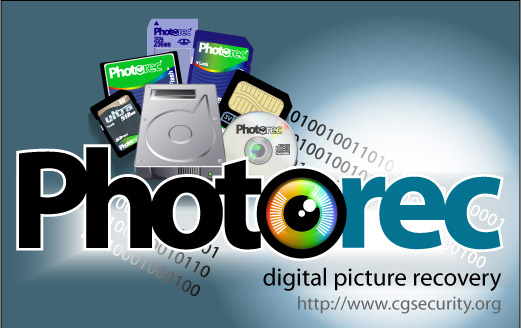


In case if Fgnh worked in online mode, it is impossible for you to gain access to the AES-256 key. The sad reality is that it is impossible to decrypt the files without the unique key. So, if your data got encrypted with an online decryption key, which is totally distinct. The cryptography algorithm used by DJVU/STOP ransomware family is AES-256. Allowing the hackers to perform other tasks on the victim’s computer remotely.


Viewing and manipulating files on victim’s computer.Stealing browser cookies, saved passwords, browsing history, and more.Downloading malware to the computer and running it.Stealing Steam, Telegram, Skype login / password.This threat has a lengthy list of capabilities, such as: Variants of STOP/DJVU tend to drop AZORULT password-stealing Trojan on compromised systems. These two files are called bowsakkdestx.txt and PersonalID.txt.Īfter all these modifications, the malware doesn’t stop. The virus also saves two text files on the victim’s computer that provide attack-related details – the victim’s public encryption key and personal ID. It is evident that by restricting specific domains, the crooks are trying to prevent the victim from reaching relevant and helpful ransomware-attack-related information online. We noticed that ransomware attempts to block websites that publish various how-to guides for computer users. As a result, the victim will run into a DNS_PROBE_FINISHED_NXDOMAIN error when accessing one of the blocked websites. In addition, the crooks modify the Windows HOSTS file by adding a list of domains to it and mapping them to the localhost IP. The thing is, ransomware operators are getting rid of any Windows OS-based methods that could help the victim to restore files for free. Once deleted, it becomes impossible to restore the previous computer state using System Restore Points. Next, the ransomware deletes Volume Shadow Copies from the system using the following CMD command: vssadmin.exe Delete Shadows /All /Quiet However, at the same time, the ransomware runs another process (usually named by four random characters) which starts scanning the system for target files and encrypting them. This is meant to convince the victim that a sudden system slowdown is caused by a Windows update. One of the first ones being launched is winupdate.exe, a tricky process that displays a fake Windows update prompt during the attack. _readme.txt (STOP/DJVU Ransomware) – The scary alert demanding from users to pay the ransom to decrypt the encoded files contains these frustrating warningsįgnh ransomware arrives as a set of processes that are meant to perform different tasks on a victim’s computer.


 0 kommentar(er)
0 kommentar(er)
